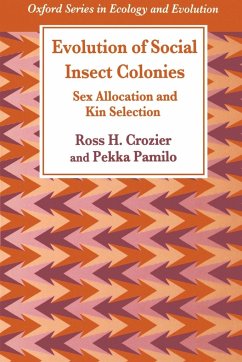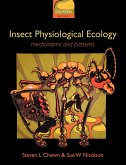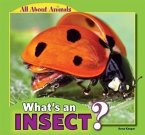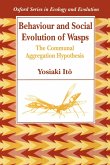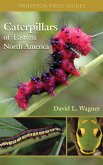This book is about the genetics and behaviour of individuals within colonies of social insects - bees, wasps, ants, and termites. Colonial living is characterized by division of labour and finely coordinated organization, by reproductive function being limited to certain individuals, by cooperative brood care, and by the presence of non-reproductive workers. Within a colony, however, may events are the result of conflicts between individuals seeking to maximize their own interests. Crozier and Pamilo's contribution is to analyse the genetic bases of the patterns of reproduction and resource allocation found in social insect colonies. This is done more comprehensively and with greater depth and insight than in any previous study, and is a significant step forward in the fields of population genetics and social evolution.
Colonial living is characterized by division of labor and finely coordinated organization; however, many events within a colony are the result of conflicts between individuals seeking to maximize their own interests. This interplay of cooperation and conflict has raised many questions in evolutionary biology, especially how cooperative behavior is maintained in the absence of direct reproduction by workers. How, then, is this behavior passed on? Authors Crozier and Pamilo's analyze the genetic basis of the patterns of reproduction and resource allocation found in social insect colonies - bees, wasps, ants, and termites. This comprehensive study has greater depth and insight than any previous work, and is a significant step forward in the fields of social evolution and population genetics.
Colonial living is characterized by division of labor and finely coordinated organization; however, many events within a colony are the result of conflicts between individuals seeking to maximize their own interests. This interplay of cooperation and conflict has raised many questions in evolutionary biology, especially how cooperative behavior is maintained in the absence of direct reproduction by workers. How, then, is this behavior passed on? Authors Crozier and Pamilo's analyze the genetic basis of the patterns of reproduction and resource allocation found in social insect colonies - bees, wasps, ants, and termites. This comprehensive study has greater depth and insight than any previous work, and is a significant step forward in the fields of social evolution and population genetics.

